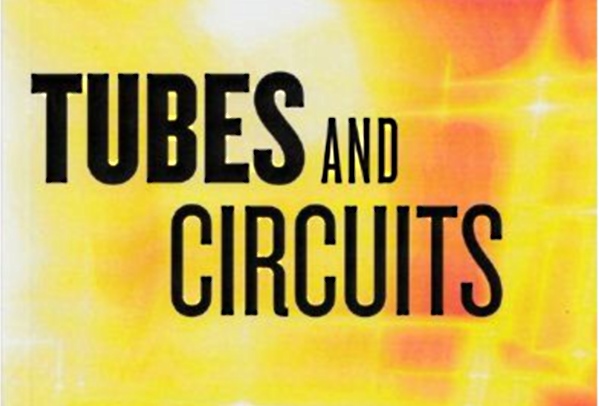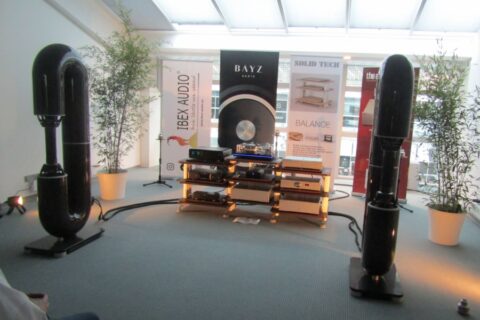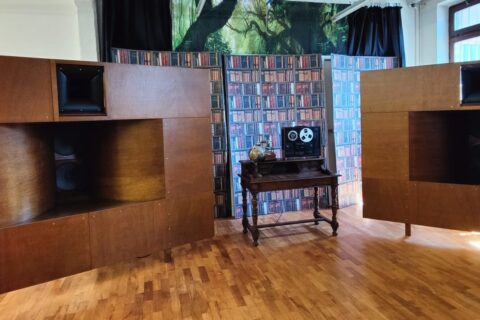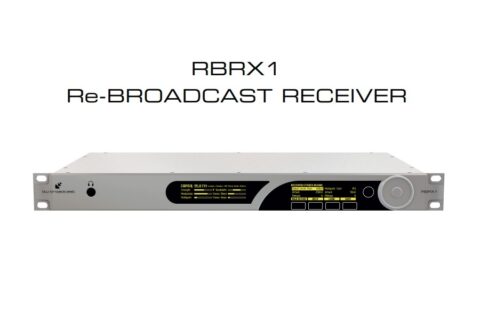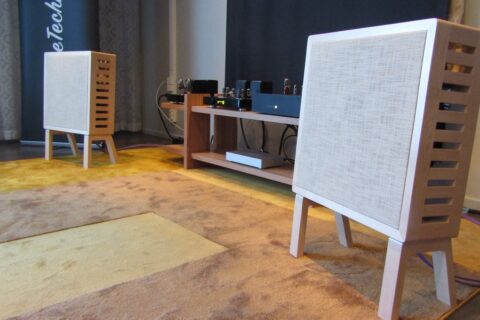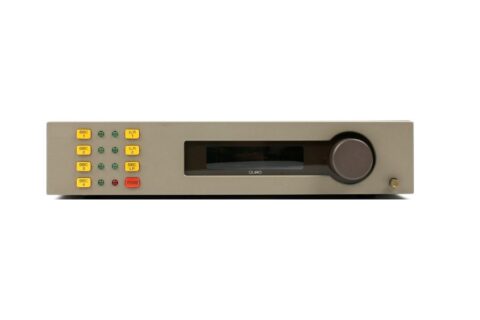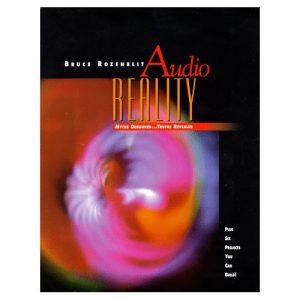 Bruce Rozenblit is a man of three books. In the late 1990s two were published: Beginner’s Guide to Tube Audio Design (1997), and Audio Reality (1999). I haven’t seen the former but I remember having enjoyed the latter, and in particular his more or less unorthodoxical views on many subjects that divide the audiophile community.
Bruce Rozenblit is a man of three books. In the late 1990s two were published: Beginner’s Guide to Tube Audio Design (1997), and Audio Reality (1999). I haven’t seen the former but I remember having enjoyed the latter, and in particular his more or less unorthodoxical views on many subjects that divide the audiophile community.
Many of the issues dealt with inTubes and Circuits electricity, capacitance, inductance, feedback, impedance, reactive networks, vacuum tubes etc. are already present in his earlier books but Tubes and Circuitsprovides a much more in-depth analysis of these topics (it’s also less opinionated I think).
The back cover says that the book is the most comprehensive and up to date text on vacuum tube audio currently available It’s not be the most comprehensive book on the subject matter in the sense that many handbooks are comprehensive, publication of which has grown fast in recent years. But Tubes and Circuits is quite thorough.
As far as I am concerned, Tubes and Circuits can be bitten in four chunks. The first five chapters lay down the scientific basis for the rest of the book: those areas of physics and electronics that in Rozenblitz mind are essential to understanding audio circuits. Chapters 6 and 7 introduce networks and feedback theory while Chapters 8 to 12 explain tubes and tube circuits.
The final five chapters, from 13 to 17, contain five projects (step-by-step design procedures, equations, schematics, parts lists, and photos) two of which are OTL amps (15W OTL and Class A single-ended 300B OTL).
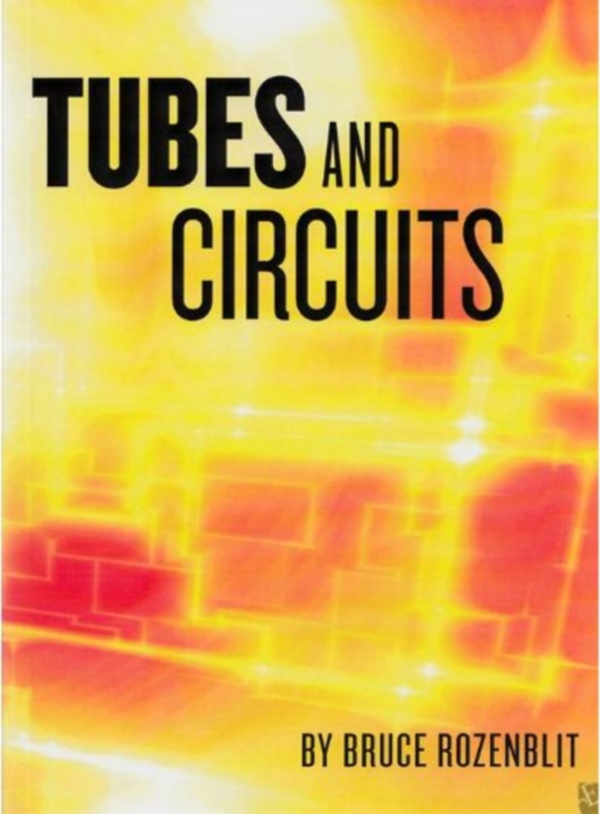
What I personally found intriguing about Tubes and Circuits was the allocation of pages between the first three parts (my parts, not Rozenblit痴). I assume that many would have given the first five chapters a more cursory treatment and got off the ground straight from the networks and feedback theory before entering into the realm of tube circuits. Rozenblit, however, devotes almost half of the pages (roughly 100 pages out of 200, total 270 pages) to carefully explaining secrets of DC and AC, inductance etc. Why? My simple answer is that Rozenblit likes, not only to write, but to teach too. Reading Tubes and Circuits is like going back to school to take a few essential courses in physics and electricity before engaging oneself in building tube amps.
I appreciate Rozenblit’s choice of the approach. It’s especially valuable for readers like me who’ve briefly studied mathematics and statistics at the University before moving onto economics and philosophy. For someone who knows Ohm’s law but is far from understanding all of its implications. For someone who’s read dozens and dozens of articles on amplifier circuits, topology etc. but still knows them from outside rather than from inside. For all of us who have wished that they’d understand better the inner life of their tube amps, and one day could even do something to their amps with their own hands, not to speak of building a tube amp from scratch.
I also appreciate the way or style with which Rozenblit prefers to teach the reader. Page after page it becomes clear that teaching is not motivated by academic appropriateness or literature conventions but rather springs from concrete actual problems and questions Rozenblit has come across while designing and building his amplifiers over a long period of time. Selection of topics and the way they get explained appears to be based on Rozenblit’s conception of issues without which one cannot make a true progress should one want to design and build a tube amplifier by oneself, and this applies to understanding certain fundamental points in physics, nature of electricity etc. Rozenblit’s method of teaching reminded me of the way in which Robert S. Pirsig guides the reader in motorcycle maintenance.
Tough as the first five introductory chapters may be, even for an educated layperson, the book convinced me that they are necessary for fully understanding what goes in a tube amp and how they work, not just superficially (on the level of words and terms) but really. It’s not just once or twice that Rozenblit stresses the importance of genuine understanding against “as if” kind of understanding. A fluent talk about tube amps doesn’t mean that the person really understands what he’s talking about.
Surely, people who swear by 1000 page Handbooks may regard the writing style of Tubes and Circuits as too informal, sometimes too talkative (long passages without graphs and equations), sometimes too subjective (not enough mathematical proofs), and so on. They probably find claims in the book that they disagree upon, or at minimum would have presented the claims differently. But for a guy like me Rozenblit’s friendly way of persuading the reader to accept his method was most welcome.
After having read the book once, would I be able now to build a tube amp by myself, or even design one? No. As much I love the idea of doing so, I’d not have the courage. But let’s put it this way: if I were confident that I fully understood everything that Rozenblit explains in Tubes and Circuits, would I then think that I could design and build a tube amp? Definitely. And I’d certainly be able to comment more professionally other’s designs.
Available on Amazon.com for $34.95.
www.transcendentsound.com
Contents:
Chapter 1: Basic Circuit Science: Essential physics required to understand circuits.
Chapter 2: Electricity: Explains in detail what electricity is and how it works.
Chapter 3: DC circuits: Shows how current flows and behaves through resistive elements.
Chapter 4: AC circuits. Detailed information on AC circuit theory, reactive elements, and how they affect signals.
Chapter 5: Inductance: What it is and how it is created.
Chapter 6: Networks: How components are used to create networks and interact with each other— includes transformer theory.
Chapter 7: Feedback Theory: Shows how feedback works and how best to use it.
Chapter 8: Vacuum Tube Construction and Chemistry: Reveals in detail the chemical and physical processes of how vacuum tubes function, generate current, age, and deteriorate.
Chapter 9: Vacuum Tube Fields and Function: Shows how the electric fields inside vacuum tubes cause them to work.
Chapter 10: Tube Characteristics: Demonstrates what tube constants are and how to use them. Shows how to use tube characteristic charts to derive the tube constants used in design equations. Explains load lines and their application.
Chapter 11: Tubes Circuits: Detailed operation and all design equations for virtually all of the tube circuits used in high-end audio. Includes single-ended and push-pull transformer coupled output stages.
Chapter 12: Power Supplies. Basic information on power supply design and function
Tube amps Bruce Rozenblit
Some people like to write, some do things with their hands. Bruze Rozenblit, the founder of Transcendent Sound, likes both. He’s designed and built several tube amplifiers over his tridecennial career, which he also sells as kits or end products through his company. OTL’s are his favourites.
Bruze Rozenblit is a man of three books. In the late 1990s two were published: Beginner’s Guide to Tube Audio Design (1997), and Audio Reality (1999). I haven’t seen the former but I remember having enjoyed the latter, and in particular his more or less unorthodoxical views on many subjects that divide the audiophile community.
Many of the issues dealt with in Tubes and Circuits – electricity, capacitance, inductance, feedback, impedance, reactive networks, vacuum tubes etc. – are already present in his earlier books but Tubes and Circuits provides a much more in-depth analysis of these topics (it’s also less opinionated).
The back cover says that the book is “the most comprehensive and up to date text on vacuum tube audio currently available”. It’s not be the most comprehensive book on the subject matter in the sense that many handbooks are comprehensive, publication of which has grown fast in recent years. But Tubes and Circuits is quite thorough.
As far as I am concerned, Tubes and Circuits can be bitten in four chunks. The first five chapters lay down the scientific basis for the rest of the book: those areas of physics and electronics that in Rozenblit’s mind are essential to understanding audio circuits. Chapters 6 and 7 introduce networks and feedback theory while Chapters 8 to 12 explain tubes and tube circuits.
The final five chapters, from 13 to 17, contain five projects (step-by-step design procedures, equations, schematics, parts lists, and photos) two of which are OTL amps (15W OTL and Class A single-ended 300B OTL).
What I personally found intriguing about Tubes and Circuits was the allocation of pages between the first three parts (my parts, not Rozenblit’s). I assume that many would have given the first five chapters a more cursory treatment and got off the ground straight from the networks and feedback theory before entering into the realm of tube circuits. Rozenblit, however, devotes almost half of the pages (roughly 100 pages out of 200, total 270 pages) to carefully explaining secrets of DC and AC circuits and inductance. Why? My simple answer is that Rozenblit likes, not only to write, but to teach too. Reading Tubes and Circuits is like going back to school to take a few essential courses in physics and electricity before engaging oneself in building tube amps.
I appreciate Rozenblit’s choice of the approach. It’s especially valuable for readers like me who’ve briefly studied mathematics and statistics at the University before moving onto economics and philosophy. For someone who knows Ohm’s law but is far from understanding all of its implications. For someone who’s read dozens and dozens of articles on amplifier circuits, topology … but still knows them from outside rather than from inside. For all of us who have wished that they’d understand better the inner life of their tube amps, and secretly wished that one day they could even do something to the amps with their own hands, or perhaps build a tube amp by themselves.
I also appreciate the way or style with which Rozenblit prefers to teach the reader. Page after page it becomes clear that teaching is not motivated by academic appropriateness or literature conventions but rather springs from concrete actual problems and questions Rozenblit has come across while designing and building his amplifiers over the decades. Selection of topics and the way they get explained appears to be based on Rozenblit’s conception of issues without which one cannot make a true progress should one want to design and build a tube amplifier by oneself, and this concerns understanding certain fundamental points in physics, nature of electricity etc. Rozenblit’s method of teaching reminded me of the way in which Robert S. Pirsig guides the reader in motorcycle maintenance.
Tough as the first five introductory chapters may be, even for an educated layperson, the book convinced me that they are necessary for fully understanding what goes in a tube amp and how they work, not just superficially (on the level of words and terms) but really. It’s not just once or twice that Rozenblit stresses the importance of genuine understanding against “as if” kind of understanding. A fluent talk about tube amps doesn’t mean that the person really understands what he’s talking about.
Surely, people who swear by 1000 page Handbooks may regard the writing style of Tubes and Circuits as too informal, sometimes too talkative (long passages without graphs and equations), sometimes too subjective (not enough mathematical proofs), and so on. They probably find claims in the book that they disagree upon, or at minimum would have presented the claims differently. But for a guy like me Rozenblit’s friendly way of persuading the reader to accept his method was most welcome.
After having read the book once, would I be able now to build a tube amp by myself, not to speak of designing one? No. As much I’d love the idea of doing so, I’d not have the courage. But let’s put it this way: if I were confident that I fully understood everything that Rozenblit explains in Tubes and Circuits, would I then think that I could design and build a tube amp with my own hands? Definitely. And I’d certainly be able to comment more professionally other’s designs.
www.


